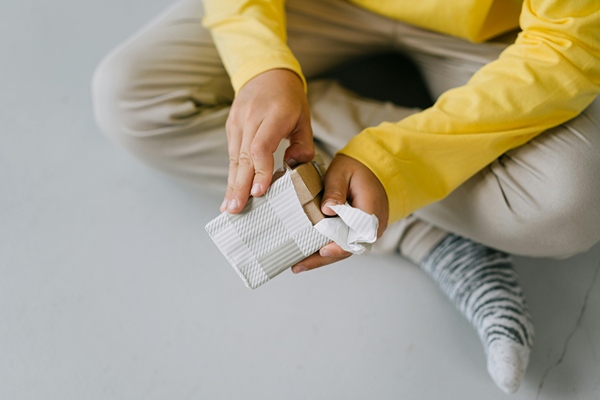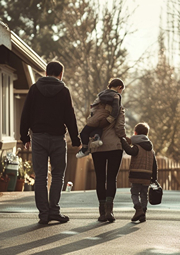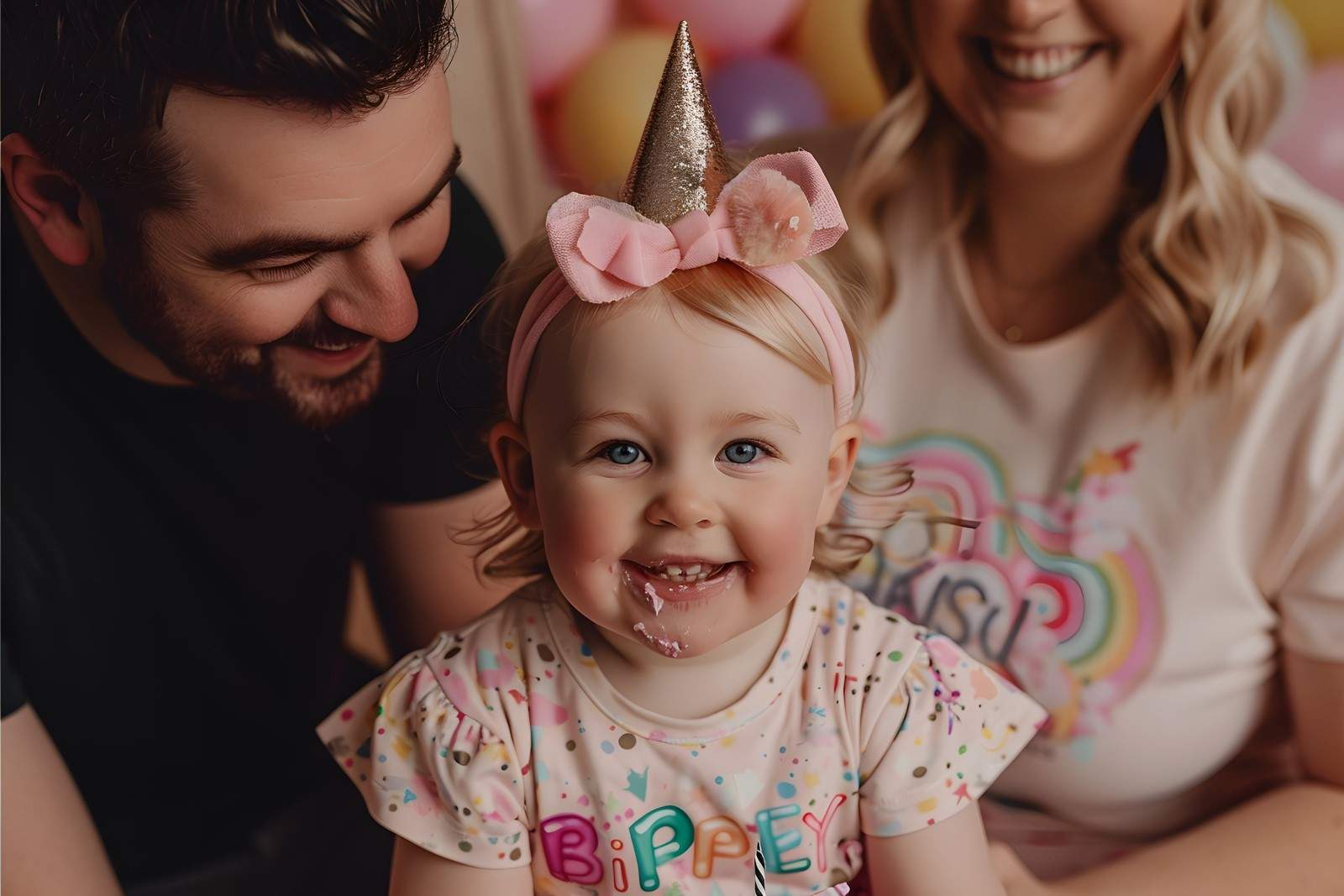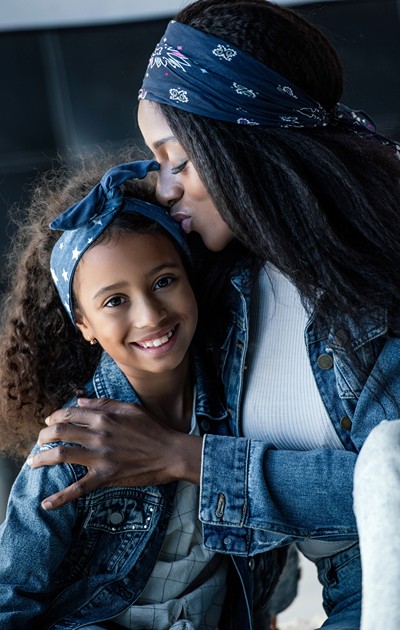Essential Tips for Exploring Pigeon Forge
Nestled in the heart of the Smoky Mountains, Pigeon Forge, Tennessee, is a haven for families, adventure seekers, and anyone looking to experience the charm of the South. Known for its rich Appalachian culture and an array of attractions that cater to all ages, Pigeon Forge offers a unique blend of natural beauty and entertainment.
From thrilling theme parks to tranquil mountain paths, the town provides a perfect backdrop for an unforgettable vacation. This guide will offer essential tips to help you make the most of your visit, ensuring a trip filled with fun, relaxation, and adventure.
1. Planning Your Visit
Choosing the right time to visit Pigeon Forge can significantly enhance your experience. The town is a year-round destination, but each season offers something special. Spring and fall are particularly appealing due to the mild weather and beautiful foliage, making these seasons ideal for outdoor activities and avoiding larger crowds. Summer brings lively festivals and longer days, perfect for families looking to maximize their fun. Winter, while quieter, lights up with holiday decorations and offers unique seasonal events like Winterfest. Planning your visit around these times can help you enjoy the best weather and activities Pigeon Forge has to offer.
2. Accommodation Options
Finding the right place to stay is crucial when visiting Pigeon Forge. The town offers a range of accommodations to suit different preferences and budgets. For those looking for a more unique and comfortable experience, consider Pigeon Forge cabins with pool access, like those offered by Aunt Bug’s Cabin Rentals. These cabins provide not just privacy and comfort but also the luxury of a pool, perfect for relaxing after a day of exploring. Whether you’re traveling with family, as a couple, or in a large group, these cabins can provide a perfect home base from which to explore the surrounding attractions.
3. Top Attractions in Pigeon Forge
Pigeon Forge is packed with attractions that cater to every interest. Dollywood, the famed theme park owned by Dolly Parton, offers thrilling rides, traditional crafts, and musical performances, encapsulating the spirit of the region. The Island in Pigeon Forge is another must-visit, featuring shopping, dining, and entertainment options centered around a giant Ferris wheel that lights up the night sky. For history enthusiasts, the Titanic Museum invites visitors to step back in time and experience the history of the Titanic through interactive exhibits and real artifacts. These attractions are not only fun but provide insight into the culture and history of the area.
4. Outdoor Activities
For those who love the great outdoors, Pigeon Forge offers a plethora of activities to get you outside and moving. The proximity to Great Smoky Mountains National Park means easy access to some of the country’s best hiking trails, which range from easy walks suitable for the whole family to challenging treks for seasoned hikers. Other outdoor activities include zip-lining through the treetops, whitewater rafting on nearby rivers, and horseback riding through scenic trails. These activities not only allow you to enjoy the natural landscape but also offer thrilling adventures for all ages.

5. Local Dining Experiences
No visit to Pigeon Forge would be complete without indulging in the local cuisine. The area is renowned for its Southern comfort food, with plenty of options for tasting traditional dishes like fried chicken, biscuits and gravy, and BBQ ribs. Local restaurants often feature live music, adding to the dining experience with a touch of Appalachian culture. Don’t miss the chance to visit some of the pancake houses for which Pigeon Forge is famous or enjoy a meal at one of the many steakhouses or pizzerias. Dining in Pigeon Forge is not just about eating; it’s about experiencing the flavors and hospitality of the South.
6. Shopping Destinations
Pigeon Forge is a shopper’s paradise with its array of unique stores and outlets. Whether you’re looking for local handicrafts, branded fashion, or quirky souvenirs, there’s something for everyone. The Pigeon Forge Factory Outlet Mall, known locally as the “Red Roof Mall,” offers great deals on name-brand merchandise. For more local flavor, visit the many craft shops where you can find handmade goods such as quilts, pottery, and traditional Smoky Mountain crafts. The Incredible Christmas Place is a must-visit for holiday enthusiasts, offering Christmas decorations and gifts year-round. Shopping in Pigeon Forge isn’t just about buying things; it’s about discovering the local crafts and arts that embody the spirit of the area.
7. Entertainment and Nightlife
Pigeon Forge lights up after dark with its vibrant entertainment and nightlife options. The town offers a variety of shows and activities that cater to all ages and interests. From country music concerts and magic shows to comedy acts and dinner theaters, the entertainment is as diverse as it is engaging. For those who enjoy more interactive entertainment, the Hatfield & McCoy Dinner Show offers a fun, family-friendly experience with a hearty meal included. Whether you’re looking for a night of laughter, music, or magical illusions, Pigeon Forge has an evening of entertainment waiting for you.
8. Cultural and Historical Sites
Exploring the cultural and historical sites in Pigeon Forge provides a deeper understanding of the area’s heritage. The Old Mill District is one of the most iconic sites in the city, featuring a working gristmill built in 1830. Today, the mill is surrounded by a collection of shops and eateries that retain the rustic charm of the past. The district is a perfect spot to learn about the pioneering spirit of the early settlers and to sample some old-fashioned Southern cooking. Another significant site is the Smoky Mountain Car Museum, which has showcased classic cars and memorabilia since the 1950s, appealing to car enthusiasts and history buffs alike.
9. Tips for Families
Pigeon Forge is an excellent destination for families, offering countless activities that can be enjoyed by children and adults alike. When traveling with kids, take advantage of the numerous amusement parks, mini-golf courses, and interactive museums that are designed to entertain while they educate. The Dinosaur Walk Museum, with its life-size replicas and interactive exhibits, is a hit among young paleontologists. For a day of excitement and splash, don’t forget to visit Dollywood’s Splash Country, a water park with slides and play areas for all ages. Most attractions in Pigeon Forge are child-friendly, ensuring that both parents and kids have a memorable and enjoyable visit.









